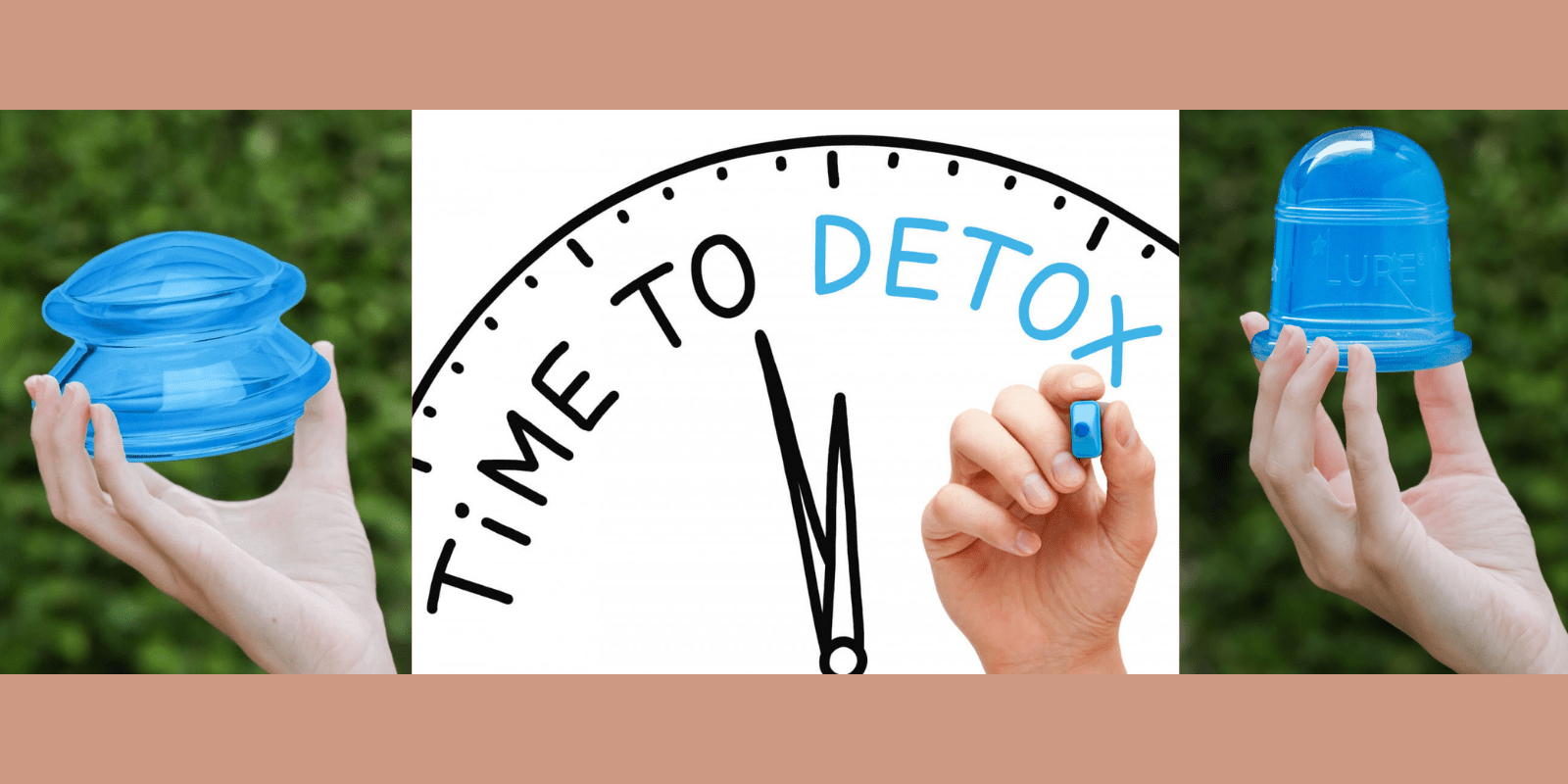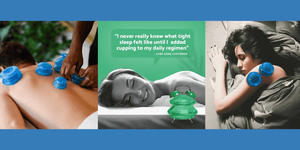The practice of massage cupping has become increasingly popular in recent years. Supporters claim that cupping therapy helps remove toxins from the body and improves circulation. But is there any scientific evidence to support these purported health benefits?
In this article, we’ll examine what is cupping therapy, its proposed mechanisms of action, and whether research backs up the detoxification claims.
What is Massage Cupping?
Massage cupping involves placing round suction cups on the skin and creating a vacuum by manually pumping the air out of the cups or using a mechanical suction device. The vacuum draws the skin, tissue, and muscles up into the cup, increasing blood flow to the area. The cups may be left stationary or moved around to massage the tissue.
Proponents claim that cupping massage therapy mobilizes fluids, loosens adhesions, lifts connective tissue, and enhances skin cellular function. It’s believed that these effects help remove toxins and metabolic waste from the body. This is why cupping is commonly touted as a detoxification therapy.
The Proposed Mechanisms Behind Cupping and Detoxification
Does cupping remove toxins? There are a few ways that cupping massage may help remove toxins:
- Increasing local blood circulation - The vacuum effect of cupping is thought to draw fresh arterial blood into the treated area. This enhances the supply of oxygen and nutrients, while also flushing out metabolic waste products.
- Loosening connective tissue and muscles - Cupping therapy may release tissues and muscle knots that restrict circulation. This helps blood and lymph move more freely to transport wastes.
- Stimulating the skin - Cupping may activate the skin and open pores to enhance sweating and oil secretions. This provides an additional route for eliminating bodily wastes.
- Draining the lymphatic system - Cupping may support lymph drainage, which is key for removing toxins since the lymph system has no pump like the cardiovascular system.
These points suggest how cupping could aid detoxification, and it's promising to consider their potential for measurable cleansing benefits in the body.
What Does the Research Say About Massage Cupping and Detoxification?
Despite cupping’s popularity, there have been very few high-quality studies examining its effects on detoxification. Here is a brief summary of the existing evidence related to detoxification:
- A few small studies found cupping temporarily increases local blood flow and skin temperature, supporting the circulation benefits.
- One study reported subjects had lower levels of heavy metals like lead after three months of regular cupping treatments. This indicates cupping may help eliminate toxins, but more rigorous controlled studies are needed.
- Some research found cupping for detox can alter levels of specific biomarkers related to inflammation and oxidative stress.
Overall, there is evidence from well-designed studies to conclusively determine if cupping massage can help with detoxification throughout the body, but larger controlled trials are still needed.
Cupping Therapy in the Role of Body Cleansing
The practice of using cupping as a detoxification therapy dates back thousands of years. According to traditional Chinese medicine, cupping is believed to purge toxins by moving stagnant qi and blood that accumulate from poor diet, stress, environmental factors, and other pathogenic influences. Toxins are thought to deposit in the body's tissues, organs, and energetic meridians, causing illness if not cleared.
Ancient Egyptian and Middle Eastern cultures also viewed cupping as a way to restore health and vitality by sucking out impurities from the skin.
Modern proponents believe the suction and negative pressure of cupping may stimulate the movement of lymphatic fluid, excretion of toxic sweat and sebum, and elimination through the gastrointestinal system. This reportedly facilitates the release of heavy metals, metabolic wastes, excessive hormones, pathogenic organisms, and inflammatory biomolecules.
While traditional medicine hasn't yet validated these processes scientifically, the long historical use of cupping as a detox modality may offer some wisdom. Many integrative health practitioners now incorporate cupping into comprehensive detox protocols.
Targeting cupping along acupressure meridians associated with the lymphatic system and organs of elimination is believed to enhance their function and waste-filtering capacity. Lifestyle factors like diet, stress management, and using saunas or detox baths may work synergistically with cupping therapy for improved results.
Cupping Contraindications
Use only as directed. Do not cup over veins or major arteries. Do not use cups on the face, fresh scars, blemishes, sunburned or broken skin, eczema, or other skin inflammations. Do not use it if you are on blood thinners, have a history, or may have blood clots or clotting disorder. Consult your health care provider if you are pregnant, or have pre-existing medical conditions, varicose veins, heart disease, malignant or benign tumor, cancer, or other medical condition. Keep out of reach of children and pets.
The Bottom Line
While massage cupping is an ancient practice that many people swear by, preliminary research does suggest suction cupping may have local effects that could support detoxification claims.
As with most health therapies, massage cupping may offer potential benefits, but it’s not a miracle cure. Consulting your doctor before trying new therapies is always advisable.
Ready to explore and experience the potential benefits of cupping for yourself?
Shop our cupping catalog today to find the right cups to get you started.
Listen to your body, go at your own pace, and monitor how you feel. Be patient - and remember, practice makes perfect.
Happy Cupping!
Sources:
- https://www.ncbi.nlm.nih.gov/pmc/articles/PMC6435947/
- https://pubmed.ncbi.nlm.nih.gov/33798301/
- https://www.sciencedirect.com/science/article/pii/S2225411018300191






